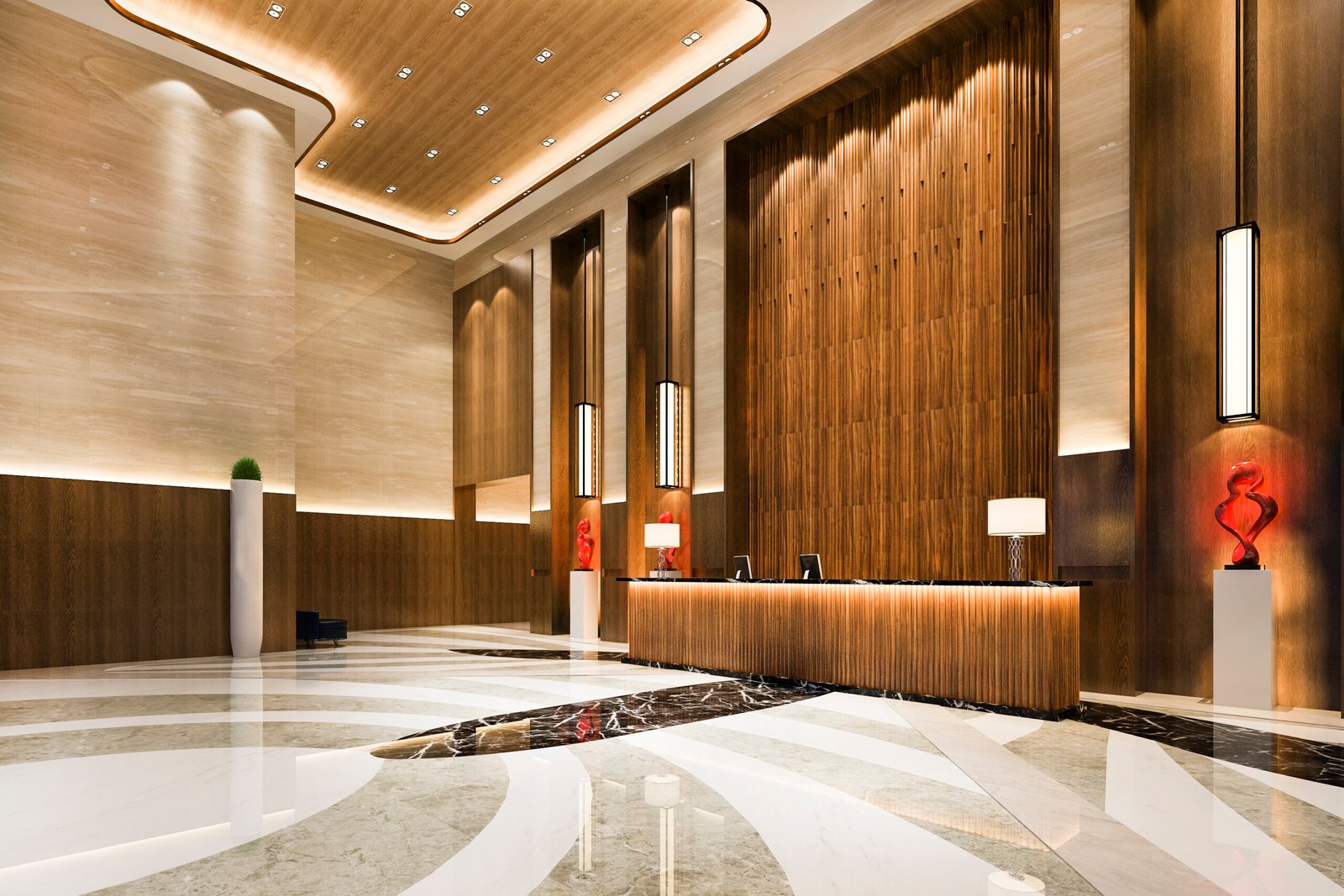Why marquetry- and why now
If you love interiors that feel crafted rather than merely assembled, marquetry is your missing layer. It brings the warmth of wood, the rhythm of pattern, and the precision of fine craft to doors, walls, furniture fronts, and even floors, without the weight, waste, or cost of solid timber.
What exactly is marquetry veneer?
Marquetry is the art of arranging thin wood veneers into patterns, motifs, or pictorial scenes. Unlike traditional inlay, where cavities are carved and filled, marquetry composes the entire surface from carefully cut sheets. Think of it as painting with timber: every grain, figure, and tone is a “brushstroke” you can place with intent.
Why does it work so well in modern homes?
- Depth without bulk: The surface reads rich and dimensional, yet stays slim and lightweight.
- Design freedom: From calm geometry to bold botanicals, you’re limited only by imagination.
- Conscious luxury: Veneer uses less hardwood than solid wood, making premium species more accessible.
A brief, beautiful lineage
From ancient Egyptian ornament to Renaissance intarsia, marquetry evolved into a symbol of refinement in 17th-century France, where makers like André-Charles Boulle elevated it to the realm of high art. Today, updated techniques and stable backers make the same craft viable for everyday interiors, cleaner, faster, and more durable than before.
Where marquetry shines at home
1) TEXTURE PLAY ON FURNITURE
Pair light oaks with deep walnuts, or straight grain with lively burls. A sideboard clad in alternating tones or a chevron-cut coffee table instantly reads bespoke. Even subtle contrasts create a custom, high-finish look.
2) NARRATIVE WALL PANELS
Go beyond paint and wallpaper. Marquetry wall panels add true depth, starbursts in an entry, quiet geometrics for a study, or a nature-inspired feature behind the bed. Panels can be modular, allowing easy installation and future refreshes.
3) CABINETRY WITH CHARACTER
Flat kitchen islands, wardrobe doors, and media units come alive with diagonal stripes, parquet blocks, or offset grids. It’s a clever way to rejuvenate solid, older pieces without replacing the carcass.
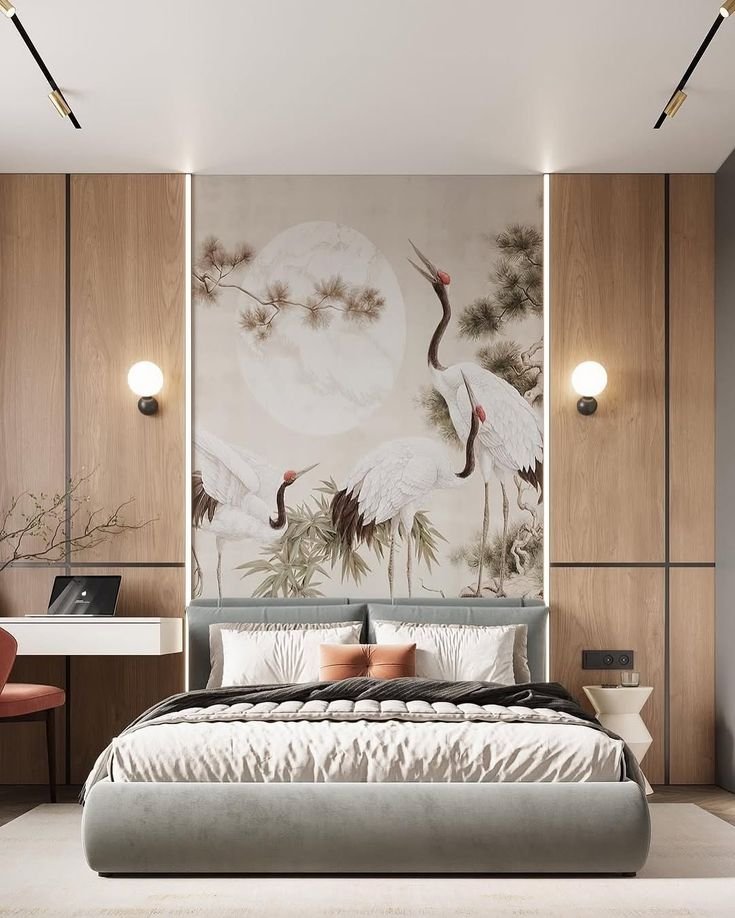


4) INLAYS THAT ELEVATE
Combine wood veneer with metal trims or delicate shell accents for a luxe glimmer, perfect on headboards, vanity fronts, jewelry armoires, or instrument cases.
5) SMARTER “PARQUET” FLOORING
Marquetry-style veneer panels deliver classic herringbone, chevron, or medallion motifs with greater material efficiency and consistent tone matching. You get the pattern clarity of old-world floors with modern stability.
6) GEOMETRY FOR MODERNISTS
Pre-cut geometric sets, diamonds, cubes, and tessellations bring crisp order to spaces that lean minimal. They’re timeless, easy to scale, and friendly to mixed-material schemes (think stone, metal, or acrylic).
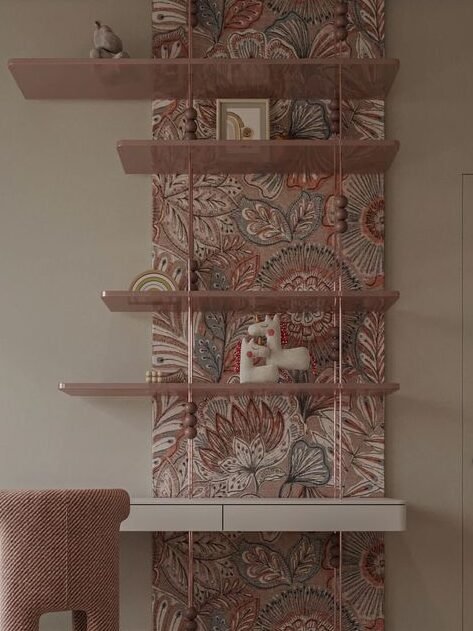

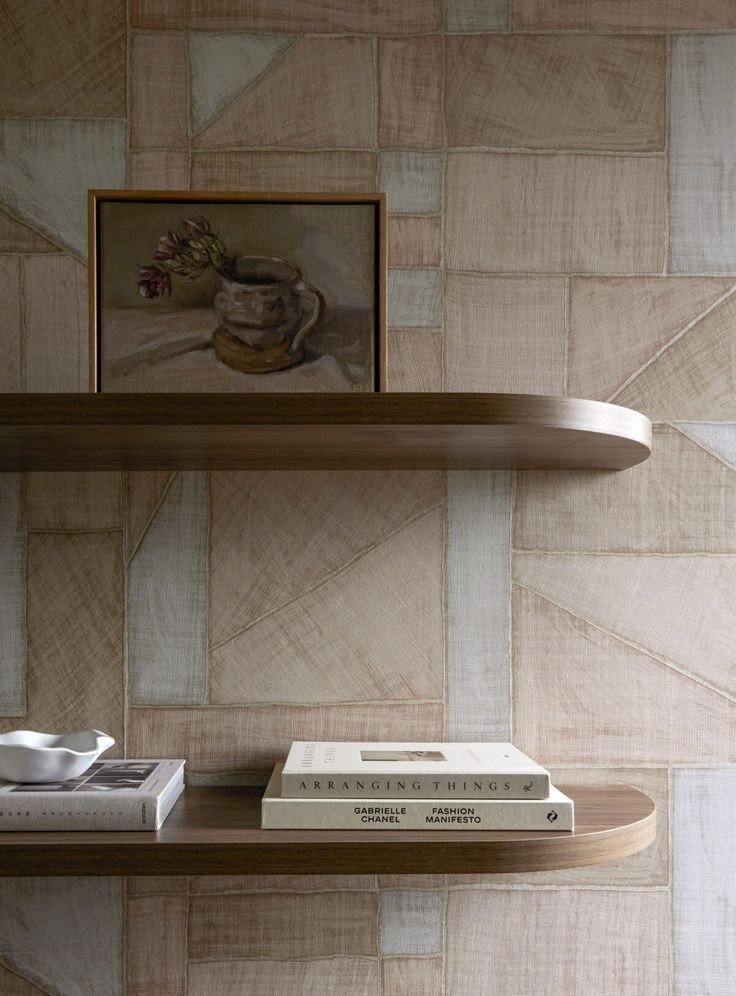
Veneer vs. solid wood: the practical upside
- Sustainability: Thin-slicing maximizes one log’s yield while preserving the look of rare species.
- Affordability: Get the sophistication of premium timber without the premium waste.
- Flexibility: Conform veneers to curves, large panels, and built-ins where solid wood might warp.
- Consistency: Book-matching and sequence-matching across multiple panels is easier and cleaner.
Choosing the right marquetry veneer (a quick checklist)
- Design intent: Calm (straight grain, quarter cut), graphic (rift or crown), or dramatic (burl, figured, dyed).
- Scale: Match pattern scale to surface size; tighter motifs for small pieces, broader repeats for walls.
- Tone harmony: Sample against floors and stones; wood shifts slightly under different lights.
- Backing & construction: For doors and large panels, use balanced layups (face + back) to resist warping.
- Finish strategy: Natural oils highlight grain; catalyzed lacquers add protection in high-touch zones.
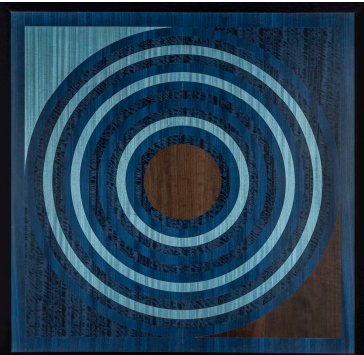
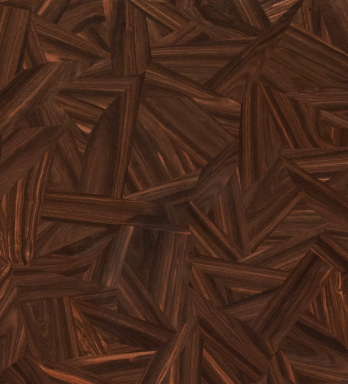
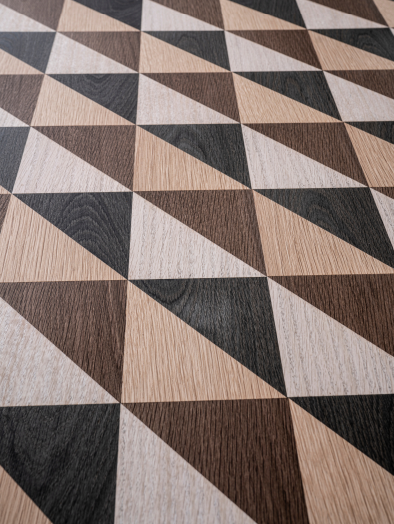
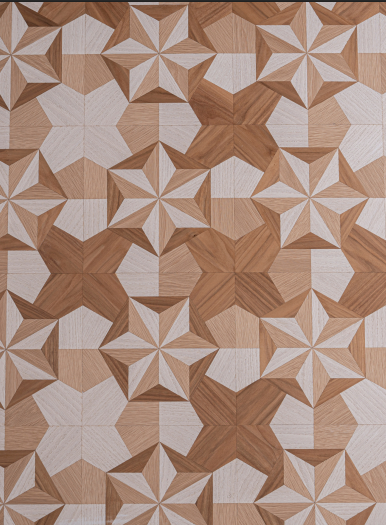
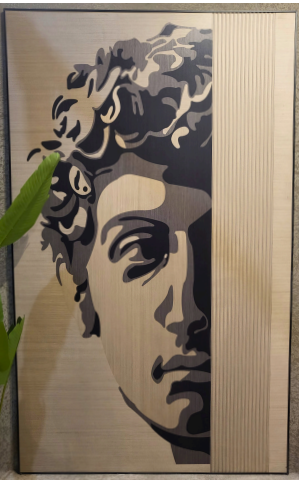



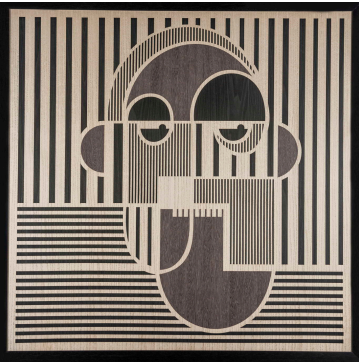
Care and longevity
- Regular dusting with a soft cloth keeps pores clear and sheen even.
- Avoid standing moisture; use coasters and wipe spills promptly.
- Gentle cleaners only; skip abrasives that can scratch the finish rather than the veneer itself.
- Mind the sun: Use UV-aware finishes and consider window treatments for south-facing installations.
From concept to installation, Flava helps
- Consult & curate: We map your style and use-case, then shortlist veneers, patterns, and backers.
- Design mockups: You’ll see grain direction, tone balance, and match lines before a single cut is made.
- Fabrication: Precision cutting, book/sequence matching, and balanced construction for stability.
- Finish & protection: Finishing schedules tuned to location, kitchens, bedrooms, foyers, or wet areas.
- Delivery & coordination: We align with your contractor or installer for clean, on-time execution.
Frequently asked (quick answers)
- Can it be repaired?
Minor scratches often buff out with finish; localized re-veneering is possible for deeper damage.
- Will it last?
Yes-modern adhesives, stable substrates, and proper finishing make veneer assemblies remarkably durable.
- Is custom possible?
Absolutely. Templates can be cut to your motif, scaled to your surface, and matched across multiple panels.
Ready to bring craft back to your surfaces?
Marquetry isn’t just decoration, it’s a conversation between material and maker. With the right veneer sheets and a clear design intent, ordinary planes become extraordinary focal points.
Explore Flava’s marquetry veneer collections, request a sample kit, or book a design consultation.
Tell us your room, your palette, and your mood, and we’ll help you turn it into a pattern that feels unmistakably yours.


